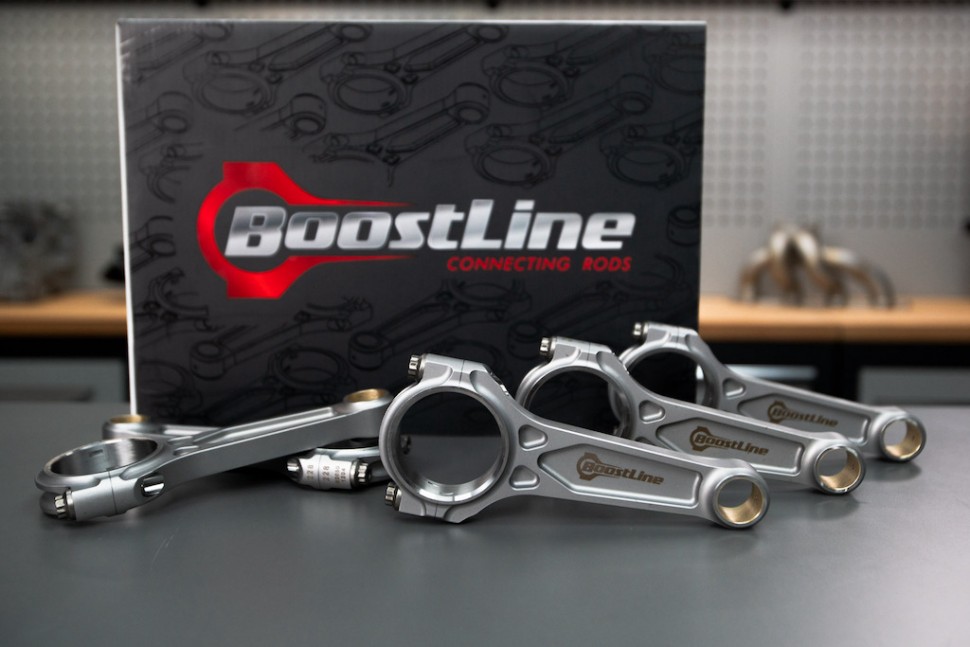| 00:00 |
- Step 6 is all about applying the changes that we learned from the data.
|
| 00:05 |
So that's all about getting back on track, making sure the driver understands what they need to be working on and applying those and finding those gains.
|
| 00:12 |
Now the approach here is going to be a little bit different depending on whether you are an engineer working with a driver or whether you're doing all of the work yourself, you're doing both looking at the data and you're also doing the driving.
|
| 00:21 |
Now I do find different drivers react in different ways as far as how much information they can take in so for a start I would tend to stay on the less information side than more.
|
| 00:31 |
What I mean by that is don't try and fix everything you've found in the data all in one go.
|
| 00:36 |
Really try and stick to 2 or maybe 3 things at most that you want to work on.
|
| 00:39 |
So in that section where we went through the data analysis for the drivers we found things from both of those drivers to work on individually and I'd really limit it to between two and three points on track, just starting with those biggest things they need to work on.
|
| 00:51 |
What I find is if you try and give them too much to work on, it's usually a bit overwhelming, they forget to do things correctly at each part of the lap.
|
| 00:58 |
Just keeping it tied down into those biggest gains will speed up your process significantly.
|
| 01:04 |
This is where having done a track walk previous to getting on track can start to reap significant benefits because when you're going through and discussing, particularly things like braking markers, apex points, if you've gone through and put the time in during a track walk then you'll have much better idea of the references, what things you've got on track, whether it's breaks in the concrete or curbs or trees or painted lines, whatever it is, if you've gone and put the time in and understood the different features of the track during the track walk, you'll be in a much better position to go ahead and start using and moving your references for things like braking points, apex points, points where you should be on full throttle, stuff like that.
|
| 01:43 |
One of the things I find quite helpful is getting a driver to repeat back to be what they're going to work on so what I mean by that is if I'm an engineer working with someone, we've usually gone through all of the data, they've gone ahead, understood what they need to do then they've gone and go ready, got back in the car, belted in, get ready to go.
|
| 01:57 |
Because the racetrack is a really noisy stressful heightened environment, it's one of those things where things can go in and out of peoples' head quite quickly so even though they've gone through and understood everything we need to work on from the data, whether it's braking points or throttle application or the way they're steering the car, whatever it is.
|
| 02:13 |
Once they're belted back into the car and they're ready to go, I get them to repeat back to me the 2 or 3 main points we're looking to work on, I just find that helps people focus people on exactly what they need to work on which is at the end of the day what we really need to get done are those 2 or 3 main points that we really want to focus on.
|
| 02:31 |
We want to make sure we're maximising our track time because it's really easy to go through that data, talk about everything you're going to do, they get back in the car, they're all flustered, they head back out there and probably don't get the maximum out of their track session so just helping people focus back on exactly what they need to work on is a really big gain.
|





